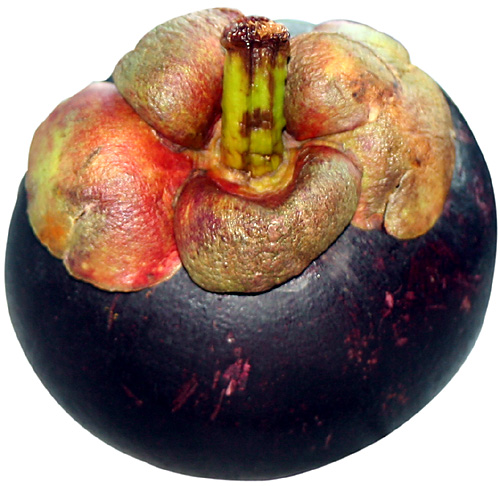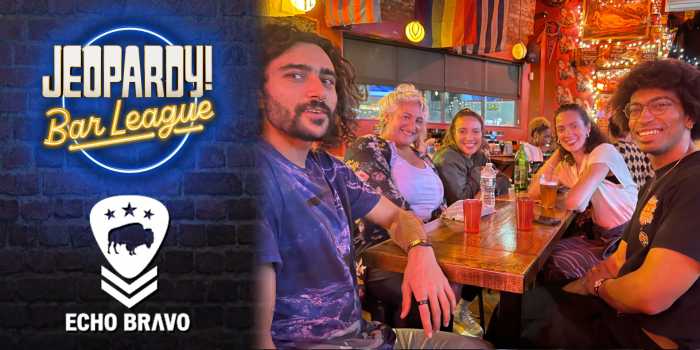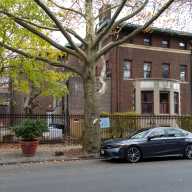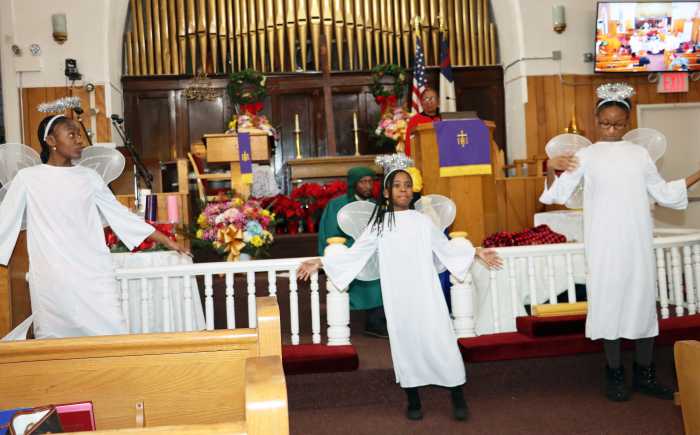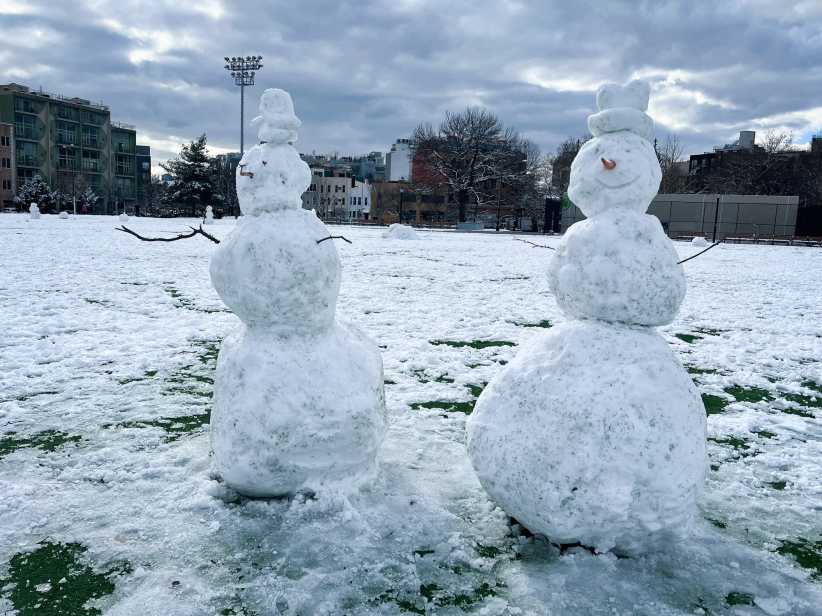The mangosteens are here! The mangosteens are here! The mangosteens are here!
No, I’m not talking about my second cousins (they’re the Mangosteins, by the way). I’m talking about the arrival of one of the greatest fruits the world has ever known: the mangosteen.
And Brooklyn is at the center of the mangosteen revolution.
In fact, the only market in the city where you can get these extremely rare purple orbs is the Orchard, a gourmet greengrocer on Coney Island Avenue in Midwood.
If you know what a mangosteen is, I urge you to go right now (first, take out a loan).
If you don’t know what a mangosteen is, you have my pity.
Of course, I’m no expert on this delicacy. How could I be, given that mangosteens — the greatest thing to come from Thailand since “The King and I”— have never been available commercially in the United States (something about a fear of fruit flies — this from the same government that let in the Asian longhorned beetle and the zebra mussel!).
Thai mangosteens will soon be here, but in the interim, the first shipment of these leather-covered pool balls has come in from a grower in Puerto Rico (if that ain’t an argument for statehood, I don’t know what is).
In my role as your loyal servant, I headed straight for the Orchard to procure just two of these fragrant fruits (any more than two and I would have had to refinance my house).
When I got there, there was not a mangosteen to be found. Of course not; at $45 a pound, owner Mitchell Spitz told me that he can’t afford to put them on display. But he did say the Puerto Rican mangosteens are selling well.
“I’ve sold 18 pounds of them already,” Spitz said (do the math: he can now afford that new addition on the back of his house!). “Who’s buying? Mostly people who have been to Thailand.”
Full disclosure: I have been to Thailand, though the memory of the single mangosteen I ate in the night market in Chiang Mai recedes in my mind like high school friends, stuff I learned in college, or remembering what it was like to be able to climb stairs without tiring.
Spitz brought out two mangosteens, but I was the only one who smiled.
“What the hell is that?” asked one of his customers. “It looks spoiled.”
“I’d never eat one of those,” sniffed another client. “It’s ugly.”
And then he mentioned the price. The two old ladies audibly groaned.
But I had to have them. The mangosteen is my obsession. Try as I have to summon up its greatness with readily available tropical treats — the creamy durian, the sugary litchee, the cool rambutan — the glory of a mangosteen could not be recreated in the tastebuds of my brain. (I’m no Proust, but these things are much better than a madeleine.)
So I did it. I paid $22.95 for two mangosteens.
I got them home and peeled away the thick, plum colored inner flesh to get to the crouching white fruit nestled within.
My wife, who, during a yearlong sojourn in the Far East a few years back, downed mangosteens like a ballplayer munches sunflower seeds, was unimpressed.
“The fragrance isn’t there,” she sniffed (no, really, she sniffed). “Face it, at $45 a pound, this mangosteen should come in a limousine with a chauffer who also cleans our kitchen. Besides, the joy of eating a mangosteen is eating it in Thailand. Imagine sending a Bagel Hole bagel to your brother in North Carolina. It’s not even worth the bother.”
She also reminded me that for the price of 90 mangosteens, I could fly to Thailand (where you can get 10 for a dollar).
She makes a good point — but as I sucked down the slimy, citrus-hinted fruit pieces, I didn’t care. I was present at the creation of a new fruit craze — and loving it.
Sure, these Puerto Rican mangosteens may not be the real thing. But in 10 years, mangosteens will be as common as kiwis, bok choy and salsa — once-novel taste sensations that are as mainstream as oranges, lettuce and ketchup.
And when that happens, you can proudly say that it all started in Brooklyn.



